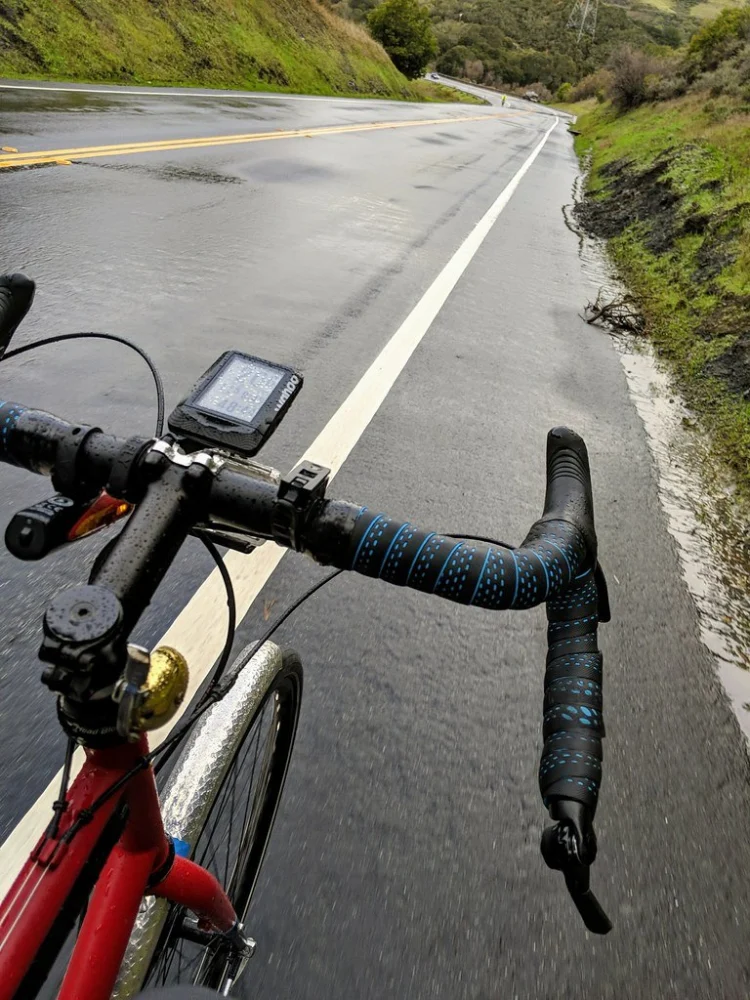
- Understanding the Challenges of Rainy Rides
- Why Electronics Need Extra Protection
- Choosing the Right Waterproof Gear
- Practical Tips for Carrying Electronics
- Real Cyclist Experiences and Lessons
- Smart Preparation Before a Rainy Ride
- How Cycling Guider Helps You Stay Ready
1. Understanding the Challenges of Rainy Rides
Riding in the rain can be exhilarating, but it comes with unique challenges—especially when carrying electronics. Whether you rely on your smartphone for navigation, use a GPS cycling computer, or carry a camera to document your rides, moisture can be your worst enemy. Learning how to carry electronics safely on rainy rides is essential not only to protect your gear but also to ensure your safety and peace of mind.
Rain doesn’t just pose the risk of direct water exposure. Humidity, condensation, and splashing from wet roads can slowly damage devices if not properly shielded. Proper planning and protective gear make the difference between a successful, enjoyable ride and a frustrating, costly experience.
2. Why Electronics Need Extra Protection
Most electronics, even those advertised as “water-resistant,” aren’t built for continuous rain exposure. A quick shower might not cause issues, but long rides through heavy rain can lead to short-circuits, corrosion, or complete device failure. Smartphones and bike computers are particularly vulnerable at connection points—charging ports, headphone jacks, and buttons.
Professional cyclists and delivery riders often share stories about how a single unprotected ride in the rain ruined their devices. Even water-resistant watches and action cameras can fail if water seeps through rubber seals that degrade over time. That’s why waterproofing isn’t an option—it’s a necessity for any serious cyclist who rides year-round.
3. Choosing the Right Waterproof Gear
When it comes to protecting electronics, having the right gear matters as much as riding skill. Investing in reliable waterproof accessories ensures long-term protection. Here’s what every cyclist should consider:
Waterproof Phone Case: Choose one rated IP67 or IP68 for full water immersion protection. Models with touch-sensitive screens allow easy navigation without exposing your phone to rain.
Handlebar Mount with Cover: A good handlebar mount with a waterproof enclosure keeps your phone visible for GPS navigation while protecting it from splashes and drizzle.
Dry Bags and Panniers: Opt for high-quality dry bags with roll-top closures. Suburban and touring riders often prefer Ortlieb-style panniers designed for complete waterproofing.
Plastic Zip Bags: For short commutes, simple resealable bags can offer surprising effectiveness when combined with insulated pockets.
Helmet or Jacket Storage: Some modern cycling jackets include waterproof pockets or under-flap compartments perfect for small electronics like earbuds or key fobs.
4. Practical Tips for Carrying Electronics
Beyond the right gear, there are smart habits that help safeguard electronics on rainy rides. Always double-layer protection — place your device in a waterproof pouch before storing it in a bag. Keep cables disconnected to prevent water from entering ports. When you stop for breaks, avoid placing your gear on wet surfaces or under dripping canopies.
If you’re using your phone for music or fitness tracking, consider wireless solutions like Bluetooth headphones and wireless charging mounts. These reduce the need for exposed cables. After each ride, dry your electronics with a microfiber cloth and let them rest in a warm, dry space. Small desiccant packets in your storage bag can also help absorb residual moisture.
5. Real Cyclist Experiences and Lessons
Many seasoned cyclists have learned rain safety the hard way. Take the example of Jason, a weekend rider from Oregon, who once lost his $400 cycling computer during an unexpected storm. “It wasn’t submerged, just hours of drizzle,” he recalls. “Now, I never head out without a waterproof case.” His experience mirrors that of countless others who discovered too late that “water-resistant” doesn’t mean “waterproof.”
On the other hand, some riders have turned their misfortunes into smart routines. Riders in Seattle, for instance, often recommend pre-ride waterproof sprays for backpacks and using zip-lock layers even inside dry bags. These small habits save hundreds of dollars in potential replacements.
6. Smart Preparation Before a Rainy Ride
Preparation is key to safe and stress-free rainy rides. Before heading out, check the weather forecast and pack accordingly. Use moisture-proof wraps for critical devices and ensure your lights are working—visibility is crucial when it rains. Wipe down devices with a soft cloth after the ride and avoid turning them on immediately if they get damp; wait until they’re completely dry.
Also, consider carrying a microfiber towel or compact rain cover in your saddlebag. Even experienced cyclists can be caught off-guard by sudden storms. Being ready can turn a potentially miserable day into a memorable adventure.
7. How Cycling Guider Helps You Stay Ready
For cyclists who want to ride confidently no matter the weather, Cycling Guider is your go-to source for expert advice and high-quality gear recommendations. From waterproof storage solutions to rain-ready jackets and bike accessories, Cycling Guider helps you choose the best equipment for your needs and budget.
Rainy rides don’t have to mean ruined electronics or soggy discomfort. With the right preparation and protection, you can enjoy every mile, knowing your gear is safe. The key is planning ahead and equipping yourself with products designed to handle real-world conditions — something every smart cyclist learns over time.

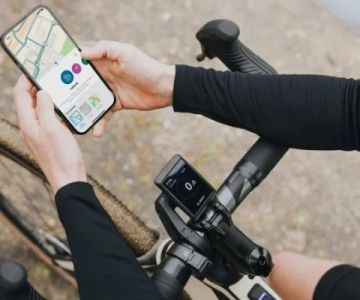


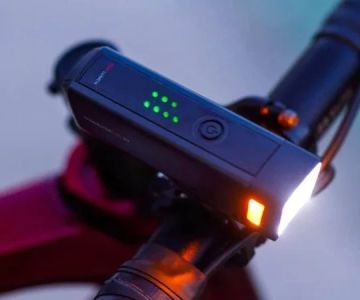


 Billet BMX5.0 (2 reviews)
Billet BMX5.0 (2 reviews)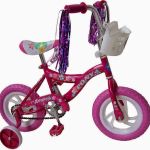 Far East Children Bicycle Factory1.0 (1 reviews)
Far East Children Bicycle Factory1.0 (1 reviews) Archer Motorsports, Inc.4.0 (8 reviews)
Archer Motorsports, Inc.4.0 (8 reviews) YEP Bike Works4.0 (55 reviews)
YEP Bike Works4.0 (55 reviews) Gorham Bike & Ski4.0 (498 reviews)
Gorham Bike & Ski4.0 (498 reviews) Alchemy Bikes4.0 (37 reviews)
Alchemy Bikes4.0 (37 reviews) How to Teach Kids to Ride a Bike: A Step-by-Step Guide for Parents
How to Teach Kids to Ride a Bike: A Step-by-Step Guide for Parents Tips for Riding on Busy City Streets: Smart Strategies for Urban Cyclists
Tips for Riding on Busy City Streets: Smart Strategies for Urban Cyclists Best US National Parks for Mountain Biking: Ride Epic Trails Across America
Best US National Parks for Mountain Biking: Ride Epic Trails Across America Best Aero Helmets for Time Trials and Racing
Best Aero Helmets for Time Trials and Racing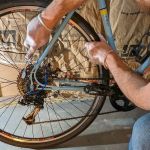 How to Clean and Lubricate Your Bike Chain Like a Pro
How to Clean and Lubricate Your Bike Chain Like a Pro 10 Must-Have Items for Long-Distance Cycling Trips
10 Must-Have Items for Long-Distance Cycling Trips